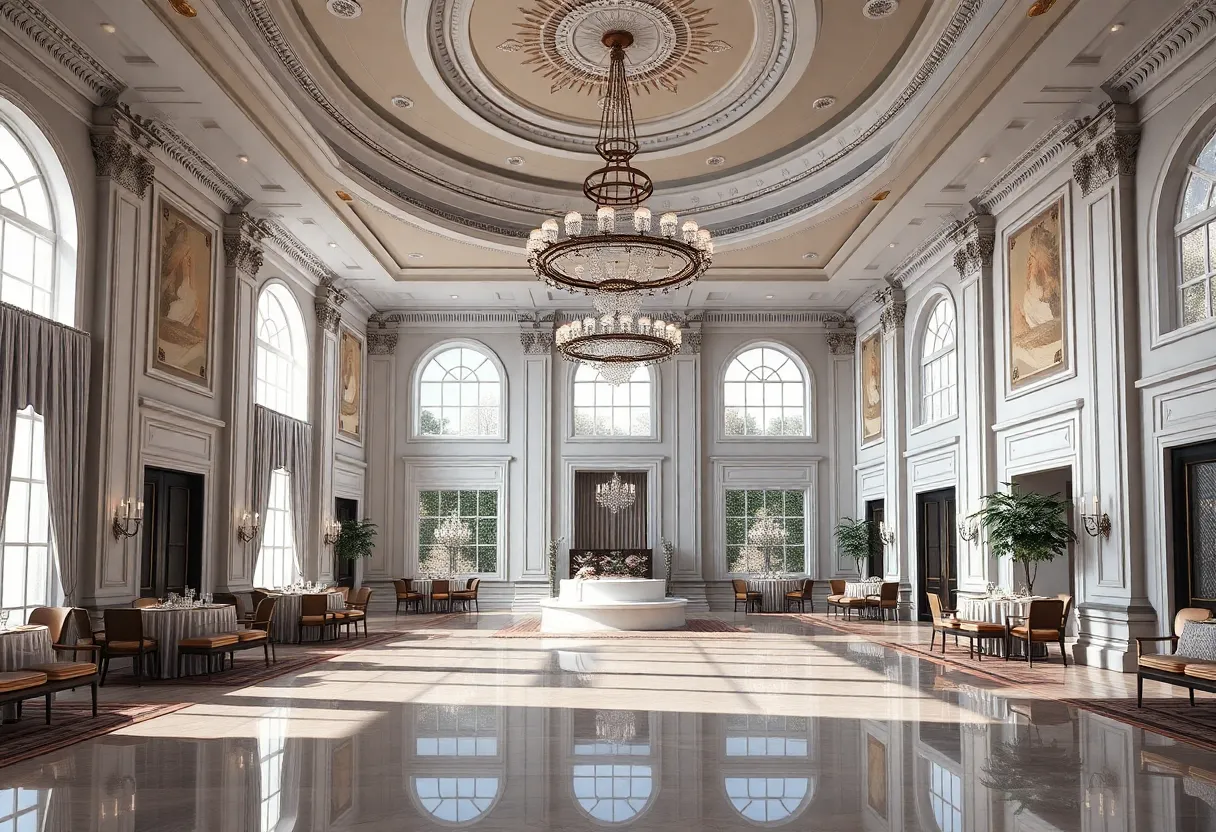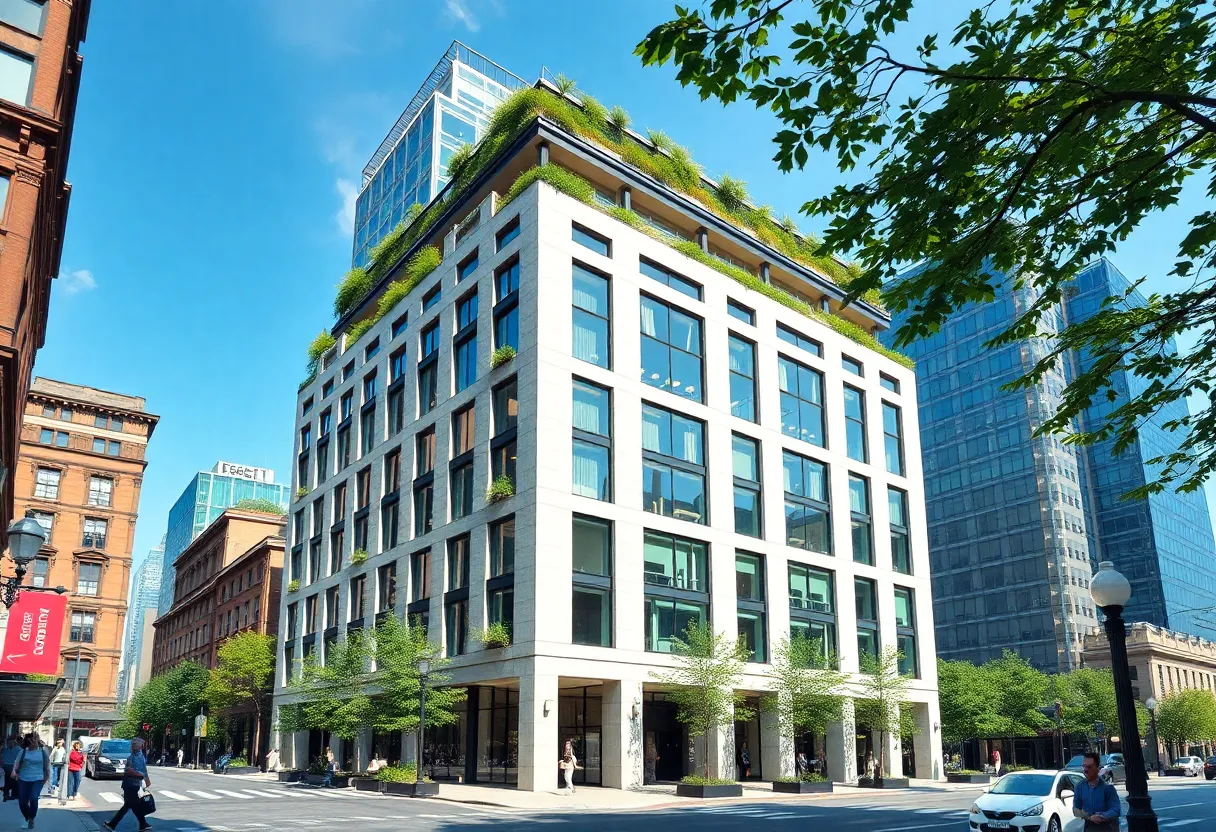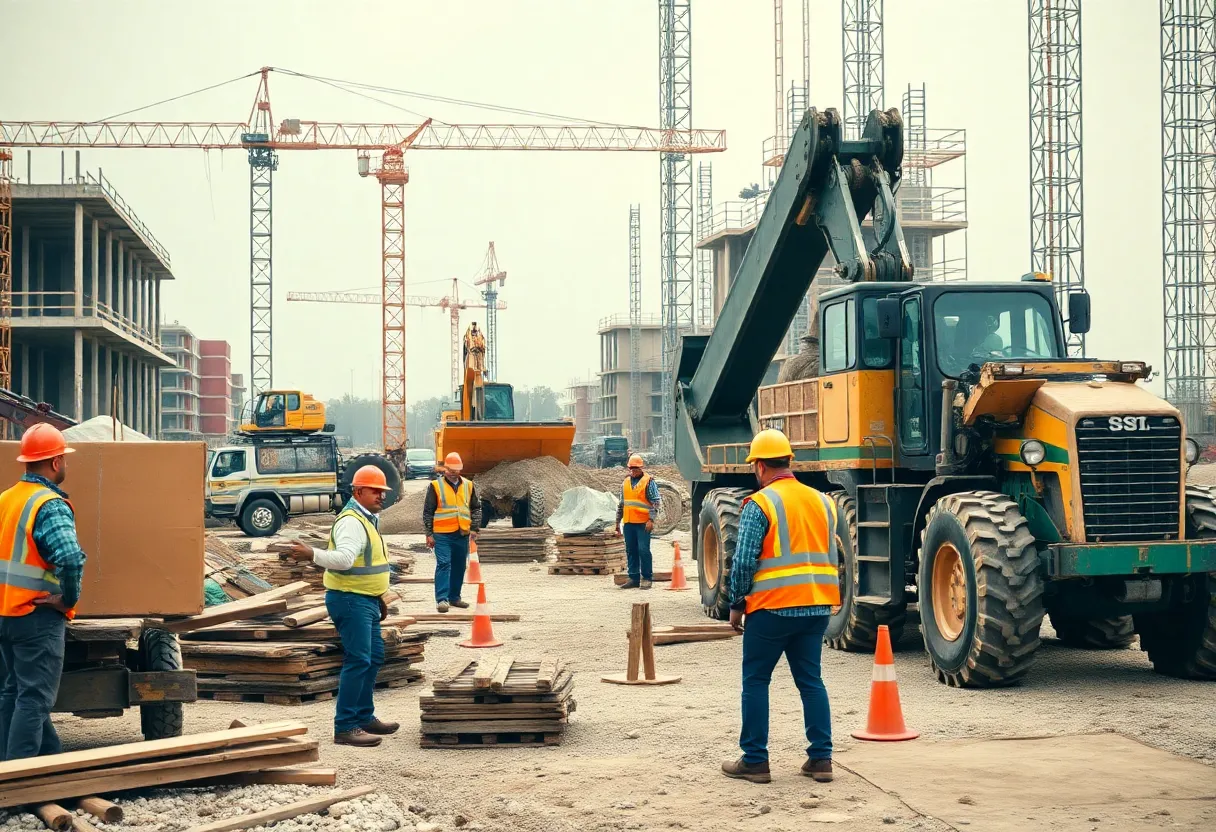News Summary
Construction has commenced on a grand ballroom at the White House, with the East Wing undergoing demolition to facilitate this $250 million project. The ballroom, designed to host lavish events, is set for completion by 2027. The project emphasizes sustainability through advanced demolition techniques, aiming to balance modern functionality with the preservation of the historic residence’s architectural integrity. Federal funding supports the initiative, reflecting a commitment to enhancing the White House’s capabilities while respecting its storied past.
Washington, D.C. – Construction Begins on White House Ballroom
In Washington, D.C., construction has officially started on a new grand ballroom at the White House, with portions of the East Wing being demolished to make way for the $250 million project. This initiative aims to create a space for lavish events and is expected to be completed by 2027.
The project involves advanced demolition techniques to minimize environmental impact while workers operate around the clock. Architects have designed the ballroom to span several floors and use premium materials, ensuring it integrates seamlessly with the historic residence by preserving key historical elements.
Supporting details reveal that the structure will host various events, emphasizing a balance between modernity and tradition. Contractors are employing federal funds to support the renovation, highlighting the scale of this undertaking.
Background context shows that this project has prompted discussions on presidential expenditures and the importance of architectural heritage. It reflects a vision for a more opulent executive complex, drawing attention to how such developments align with historical preservation efforts.
Project Overview
The demolition of parts of the East Wing began recently, marking the start of this ambitious construction effort. The ballroom is intended to enhance the White House’s capabilities for hosting events, featuring designs that incorporate premium materials while maintaining the building’s historic integrity. Environmental considerations are at the forefront, with techniques chosen to reduce any potential harm to the surroundings.
Workers are on site continuously, supported by allocated federal funds, to ensure the project progresses efficiently. This approach underscores the commitment to completing the ballroom by 2027, despite the complexities involved in working within a historic site.
Broader Implications
The initiative has sparked conversations about the balance between modern upgrades and the preservation of national landmarks. By focusing on seamless integration, the project aims to enhance functionality without compromising the White House’s historical value. This development is part of ongoing efforts to modernize executive facilities, reflecting broader trends in public infrastructure projects.
In everyday terms, this means adapting a centuries-old building to meet contemporary needs while respecting its past. The use of advanced methods for demolition and construction ensures that the process is as efficient and eco-friendly as possible, setting an example for future renovations.
Detailed Construction Aspects
The ballroom’s design includes features across multiple floors, all crafted with high-quality materials to ensure durability and aesthetic appeal. Efforts to preserve key historical elements involve careful planning, such as selective demolition and reinforced structures. This level of detail helps maintain the White House’s status as a national treasure while expanding its event-hosting capabilities.
Funding from federal sources covers the $250 million cost, which includes labor, materials, and environmental safeguards. The round-the-clock work schedule accelerates progress, but it also requires strict adherence to safety and preservation standards.
Public and Historical Context
This project fits into larger discussions about how government properties are maintained and upgraded. It highlights the challenges of modernizing historic sites, where new additions must coexist with original architecture. The focus on environmental impact demonstrates a commitment to sustainable practices in construction.
Overall, the construction of the grand ballroom represents a significant investment in the White House’s future, blending luxury with legacy. As work continues, it serves as a reminder of the ongoing evolution of this iconic landmark in Washington, D.C.
To reach the minimum word count, it’s important to note that this project not only involves physical changes but also careful coordination among various teams. For instance, the selection of premium materials requires sourcing that meets both quality and sustainability criteria, adding layers to the planning process. Additionally, the expected completion in 2027 allows time for thorough testing and integration, ensuring the final result enhances the White House’s functionality without altering its core identity.
The workforce’s round-the-clock presence ensures that milestones are met efficiently, with federal funding providing the necessary resources. This approach minimizes disruptions to daily operations at the White House while achieving the project’s goals. Discussions on expenditures emphasize the need for transparency in such large-scale endeavors, weighing the benefits of modern amenities against historical preservation costs.
In summary, this construction project in Washington, D.C., is a multifaceted effort that combines innovation with respect for history, ultimately aiming to create a versatile space for future events.
(Word count: 612)
Frequently Asked Questions
What is the project about?
Construction has officially begun on a grand ballroom for President Trump at the White House, with portions of the East Wing being demolished to accommodate the $250 million project.
When did construction start?
Construction has officially begun on a grand ballroom for President Trump at the White House.
What is the cost of the project?
The project costs $250 million.
What does the ballroom include?
The structure is aimed at hosting lavish events, is expected to span several floors, and feature premium materials.
How is the project designed?
Architects have designed it to integrate seamlessly with the historic residence, preserving key historical elements.
What techniques are being used?
Contractors are employing advanced demolition techniques to minimize environmental impact.
When is completion expected?
Completion is slated for 2027.
What has the project sparked?
This initiative has sparked discussions on presidential expenditures and architectural heritage, balancing modernity with tradition.
How are workers operating?
Workers are on site around the clock, supported by federal funds allocated for the renovation.
What is the overall vision?
The project underscores Trump’s vision for a more opulent executive complex.
Key Features Chart
| Feature | Description |
|---|---|
| Cost | $250 million |
| Completion Date | 2027 |
| Location | White House, East Wing (portions demolished) |
| Design Focus |





